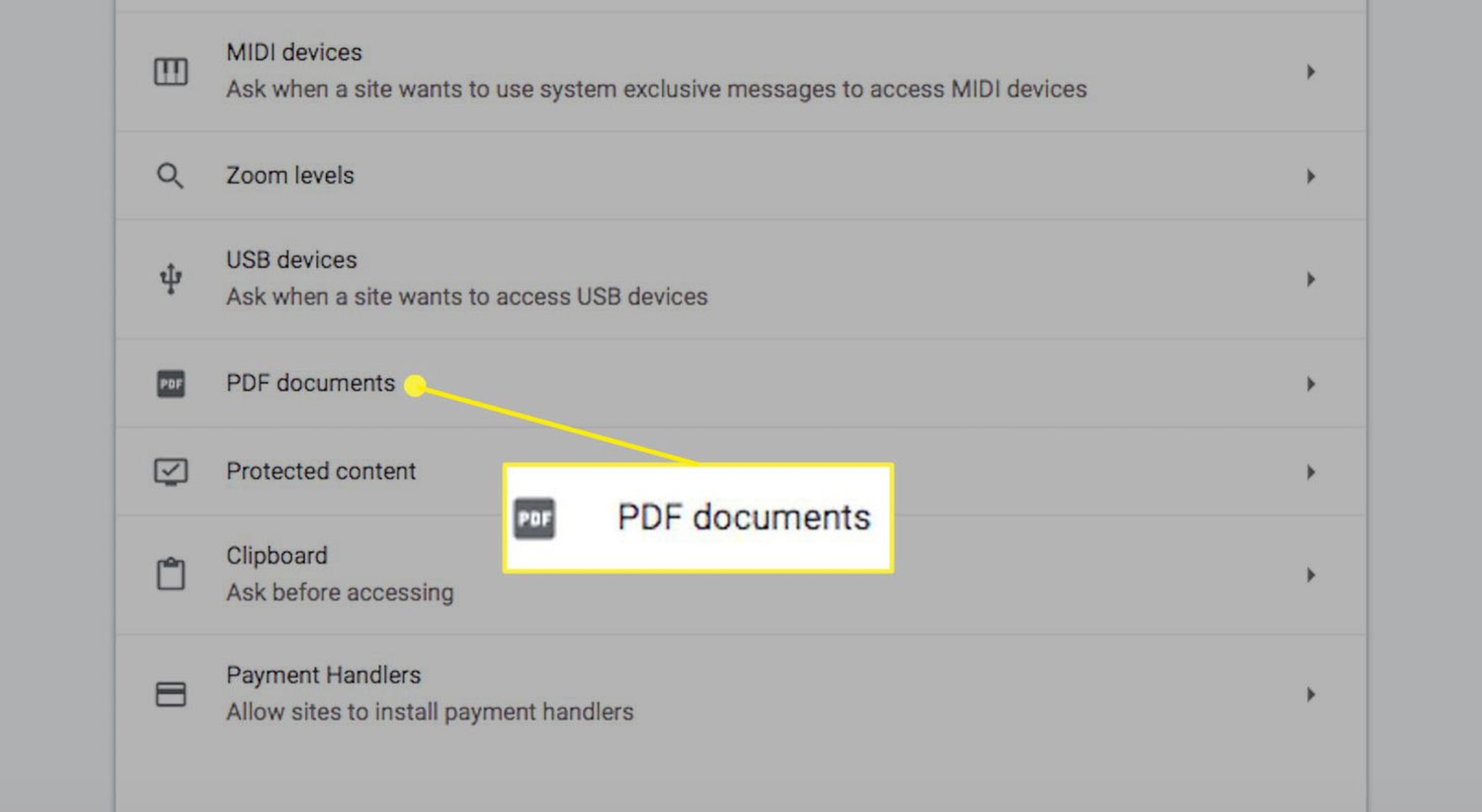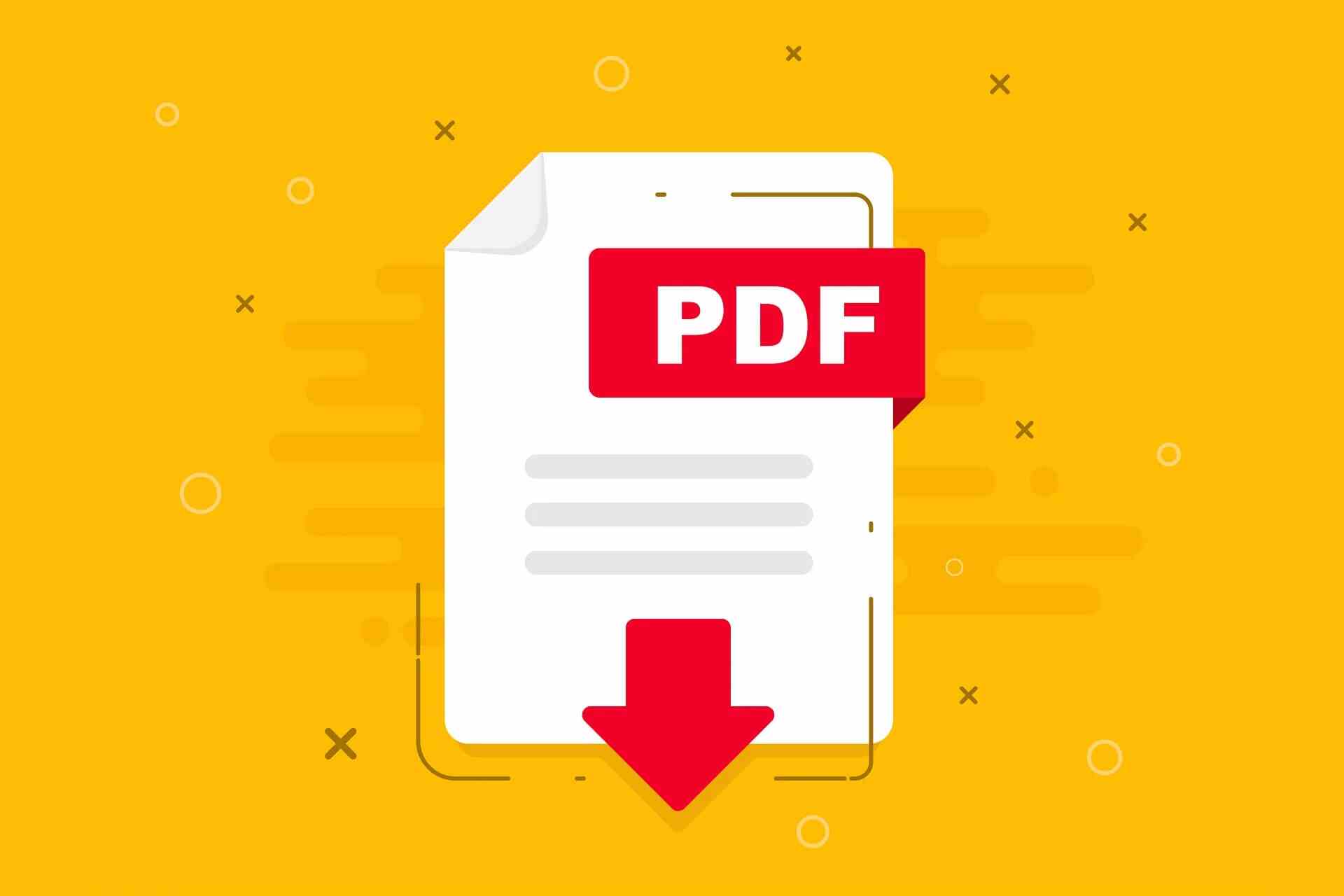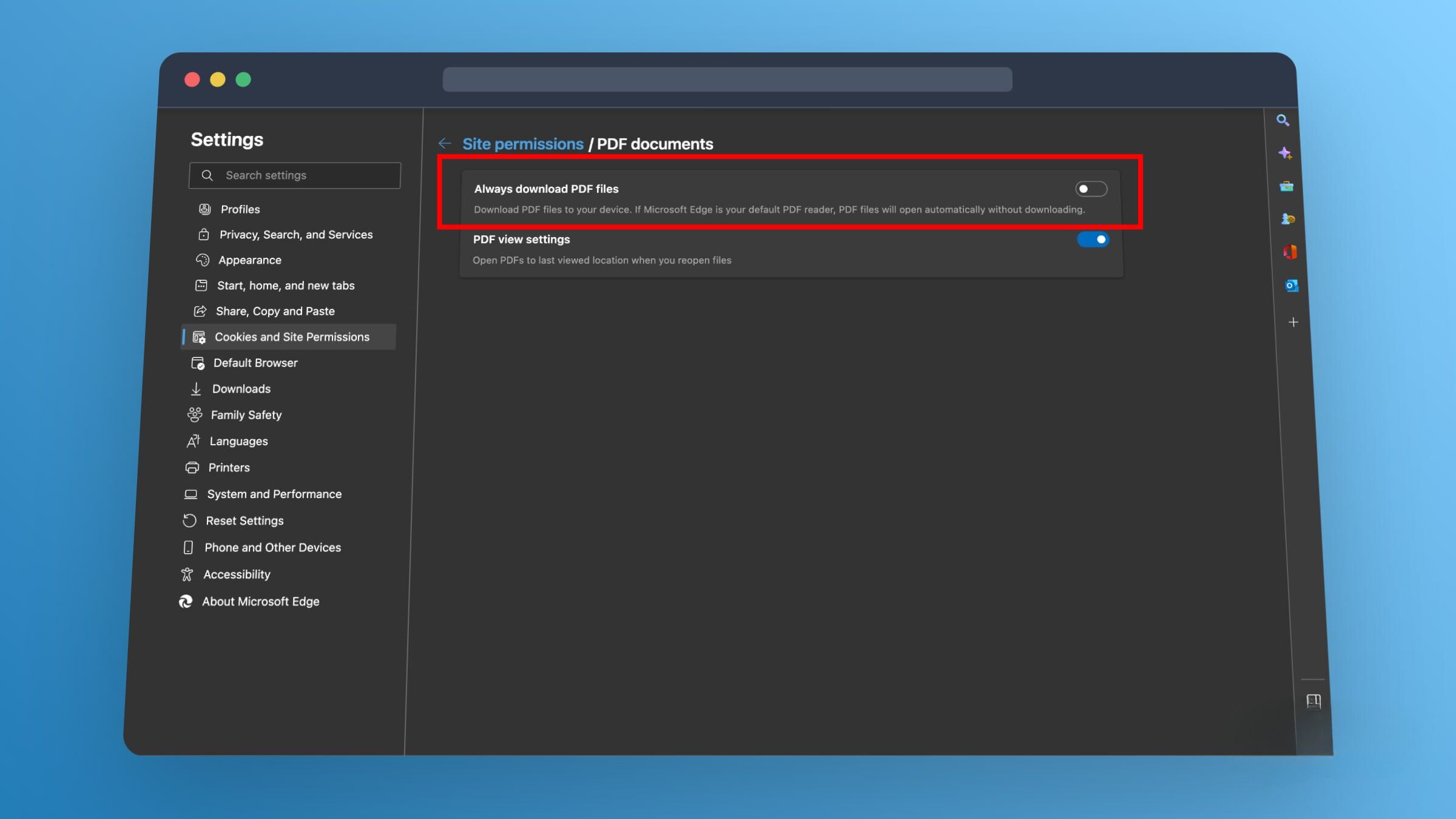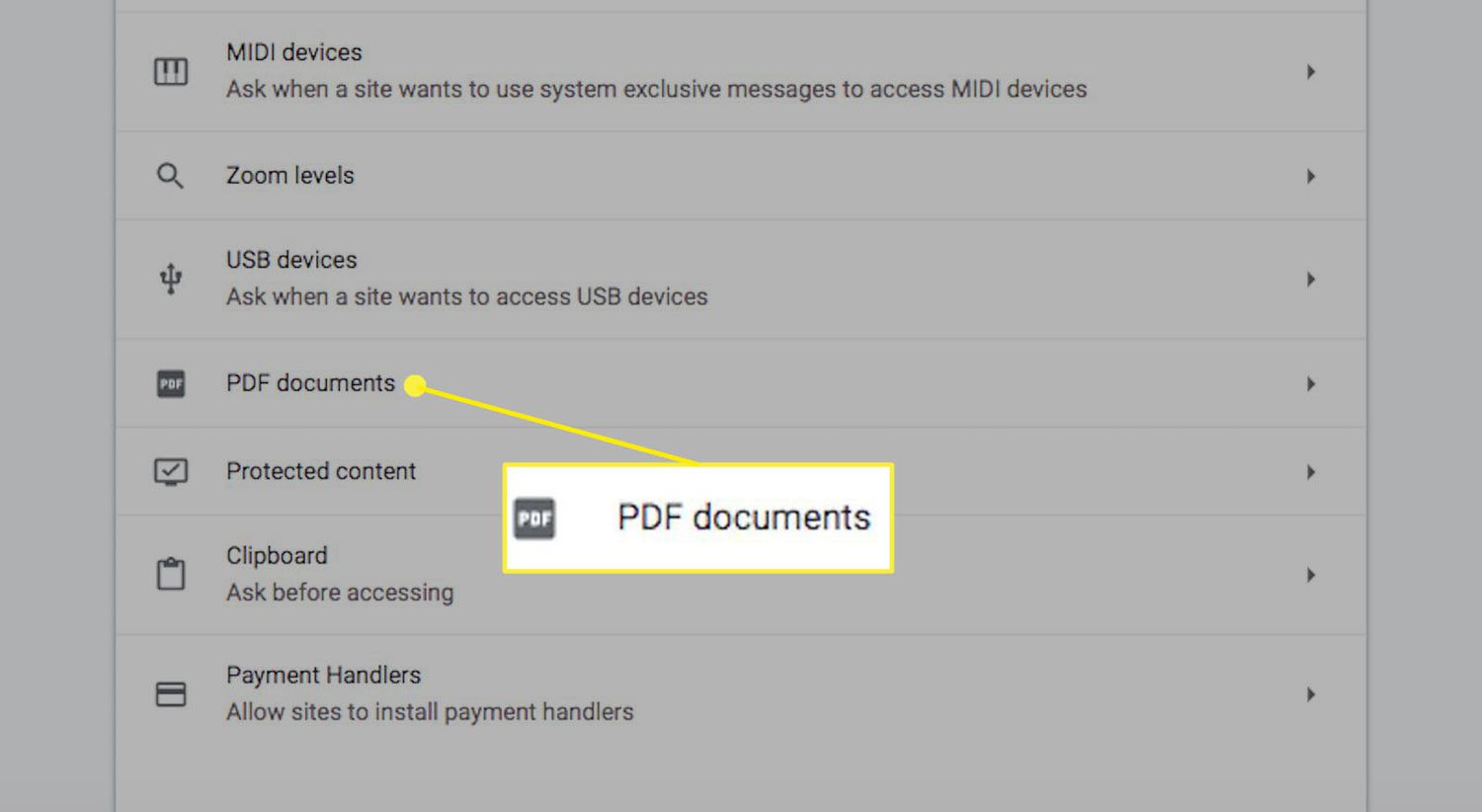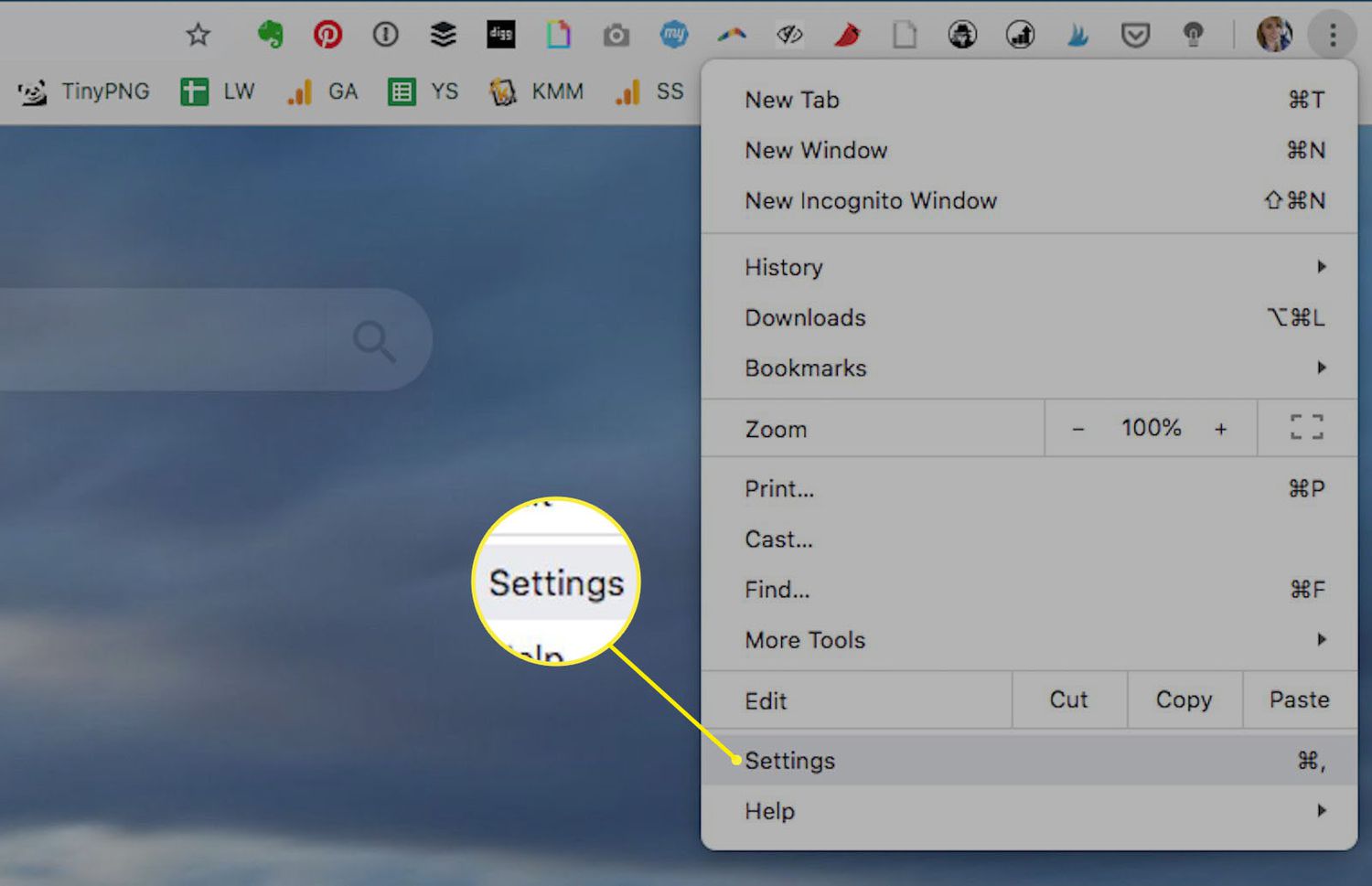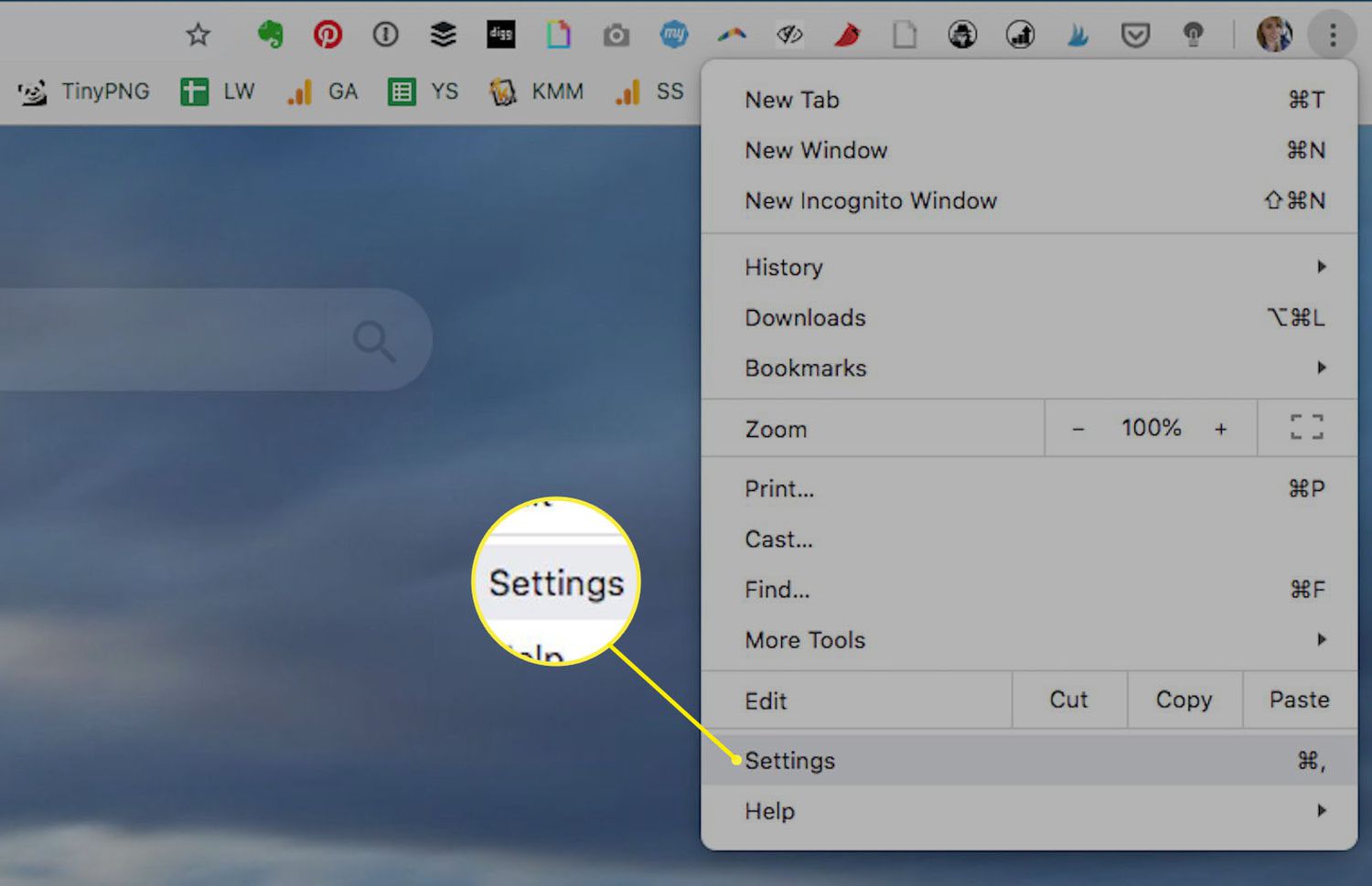Introduction
Have you ever clicked on a PDF link while browsing the web, only to have it automatically open in your Chrome browser, disrupting your workflow? This common occurrence can be frustrating, especially if you prefer using a different PDF viewer or downloading the file for later viewing. Fortunately, there are several methods to prevent PDFs from automatically opening in Chrome, giving you more control over how you interact with these files.
In this article, we will explore various techniques to stop PDFs from opening in Chrome. Whether you want to change your browser settings, utilize a different PDF viewer, or disable the Chrome PDF Viewer altogether, we've got you covered. By implementing these strategies, you can tailor your browsing experience to align with your preferences and streamline your workflow.
So, if you're tired of PDFs hijacking your browsing experience and want to regain control over how you handle these files, read on to discover the solutions that will empower you to manage PDFs on your terms. Let's dive into the methods that will help you bid farewell to the frustration of PDFs automatically opening in Chrome.
Changing Chrome Settings
One of the most straightforward ways to prevent PDFs from automatically opening in Chrome is by adjusting the browser's settings. By making a few simple tweaks, you can customize how Chrome handles PDF files, giving you greater control over your browsing experience.
To begin, open your Chrome browser and navigate to the settings menu. You can access this by clicking on the three-dot icon in the top-right corner of the browser window and selecting "Settings" from the dropdown menu. Alternatively, you can type "chrome://settings/" into the address bar and press Enter to directly access the settings page.
Once in the settings menu, scroll down and click on "Privacy and security" in the left-hand sidebar. From there, select "Site settings" and then "Additional content settings." Next, locate the "PDF documents" option and click on it to reveal the available settings for handling PDF files.
Here, you have the option to enable or disable the "Download PDF files instead of automatically opening them in Chrome" setting. By toggling this option, you can choose whether PDFs should be automatically opened in Chrome or downloaded to your computer for offline viewing. Selecting the "On" position ensures that PDFs are downloaded, while choosing "Off" allows them to open directly in the browser.
By adjusting these settings, you can tailor Chrome's behavior to align with your preferences, providing you with the flexibility to manage PDF files according to your workflow. Whether you prefer to view PDFs in a dedicated reader or save them for later access, customizing Chrome's settings empowers you to interact with PDFs in a way that best suits your needs.
In addition to the "Download PDF files instead of automatically opening them in Chrome" setting, you can explore other options within the Chrome settings menu to further refine your browsing experience. By familiarizing yourself with these settings and making adjustments based on your preferences, you can optimize Chrome to enhance your productivity and streamline how you interact with PDF files.
By taking advantage of the customizable settings within Chrome, you can reclaim control over how PDFs are handled, ensuring that they align with your preferred workflow. This simple yet effective approach empowers you to tailor your browsing experience to suit your individual needs, providing a seamless and personalized interaction with PDF files while using Chrome.
Using a Different PDF Viewer
If you prefer using a specific PDF viewer, such as Adobe Acrobat Reader or Foxit Reader, you can easily configure Chrome to open PDFs in your preferred application. By leveraging a different PDF viewer, you can take advantage of advanced features, customization options, and a familiar interface that aligns with your workflow.
To begin, ensure that your preferred PDF viewer is installed on your computer. Once installed, open the application and navigate to its settings or preferences menu. Look for an option related to handling PDFs within web browsers or integrating with Chrome. This setting may be labeled as "Internet" or "Browser Integration" within the preferences menu of your PDF viewer.
After locating the appropriate setting, enable the option to integrate the PDF viewer with Chrome. This allows the PDF viewer to seamlessly handle PDF files when accessed through the browser, providing you with a consistent and familiar viewing experience.
Once the integration is enabled, you can test the functionality by clicking on a PDF link within Chrome. Instead of opening in the browser, the PDF file should now launch in your preferred PDF viewer, allowing you to take advantage of its features and functionalities.
By using a different PDF viewer, you can harness the capabilities of a specialized application that caters to your specific needs. Whether you require advanced annotation tools, enhanced security features, or seamless integration with other productivity software, a dedicated PDF viewer offers a tailored solution for managing and interacting with PDF files.
Furthermore, utilizing a different PDF viewer allows you to maintain a consistent experience across various devices and platforms. If you have the same PDF viewer installed on multiple devices, such as your computer and tablet, you can enjoy a seamless transition between devices when accessing and viewing PDF files.
Overall, integrating a different PDF viewer with Chrome empowers you to leverage the strengths of a specialized application while maintaining a cohesive and efficient workflow. By seamlessly integrating your preferred PDF viewer with Chrome, you can elevate your PDF viewing experience and optimize your productivity when interacting with these files.
Disabling Chrome PDF Viewer
Disabling the Chrome PDF Viewer is another effective method to prevent PDFs from automatically opening in the browser. By deactivating this built-in feature, you can redirect PDF files to open in an external viewer or prompt for download, providing you with greater flexibility and control over how you interact with PDFs.
To begin, open your Chrome browser and type "chrome://settings/content/pdfDocuments" into the address bar, then press Enter. This will take you directly to the Chrome PDF Viewer settings. Alternatively, you can access these settings by clicking on the three-dot icon in the top-right corner of the browser window, selecting "Settings," and then navigating to "Privacy and security" > "Site settings" > "Additional content settings" > "PDF documents."
Once in the Chrome PDF Viewer settings, you will find an option to toggle the feature on or off. By disabling the Chrome PDF Viewer, you can ensure that PDF files are no longer automatically opened within the browser. Instead, you can choose to have the files downloaded to your computer for offline viewing or configure them to open in a different PDF viewer of your choice.
Disabling the Chrome PDF Viewer offers several advantages. Firstly, it allows you to utilize a dedicated PDF viewer that aligns with your preferences and provides advanced features for viewing and interacting with PDF files. Whether you prefer the comprehensive tools of Adobe Acrobat Reader, the lightweight interface of Foxit Reader, or the seamless integration of another PDF viewer, disabling the Chrome PDF Viewer enables you to leverage the strengths of your preferred application.
Additionally, by redirecting PDFs to an external viewer, you can streamline your workflow and maintain consistency across your browsing experience. This is particularly beneficial if you frequently switch between devices or require specific functionalities offered by your chosen PDF viewer. With the Chrome PDF Viewer disabled, you can seamlessly transition between viewing PDFs in your preferred application, ensuring a cohesive and efficient experience.
In summary, disabling the Chrome PDF Viewer empowers you to take full control of how PDF files are handled within the browser. Whether you opt to download PDFs for offline access or open them in a different PDF viewer, this approach provides you with the flexibility to tailor your browsing experience to suit your individual preferences and workflow. By deactivating the Chrome PDF Viewer, you can optimize your interaction with PDF files and enhance your productivity while using Chrome.







